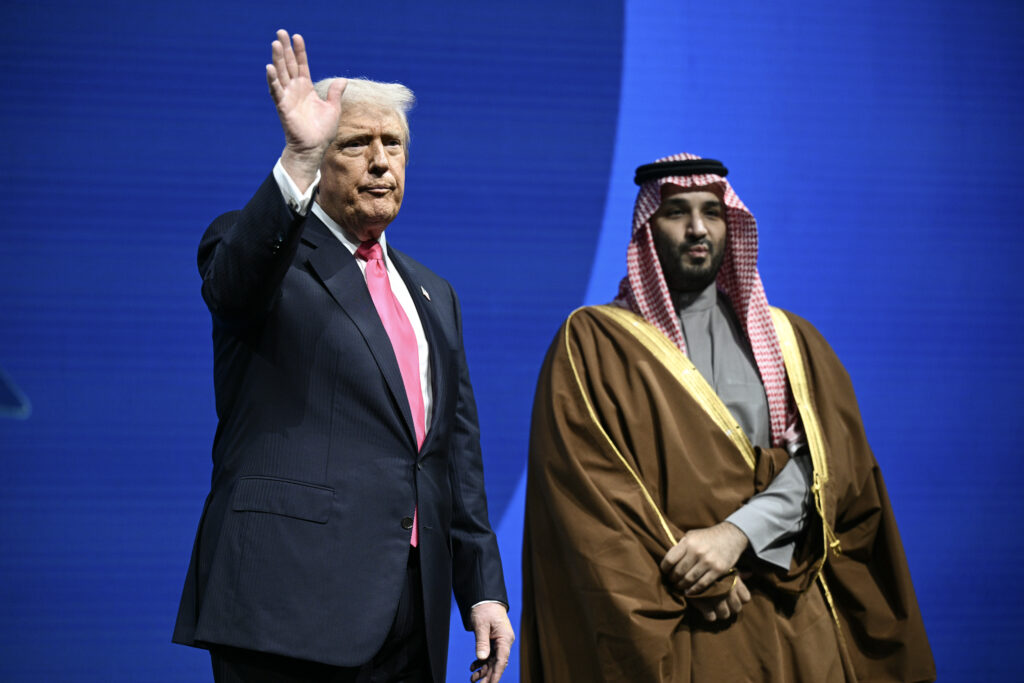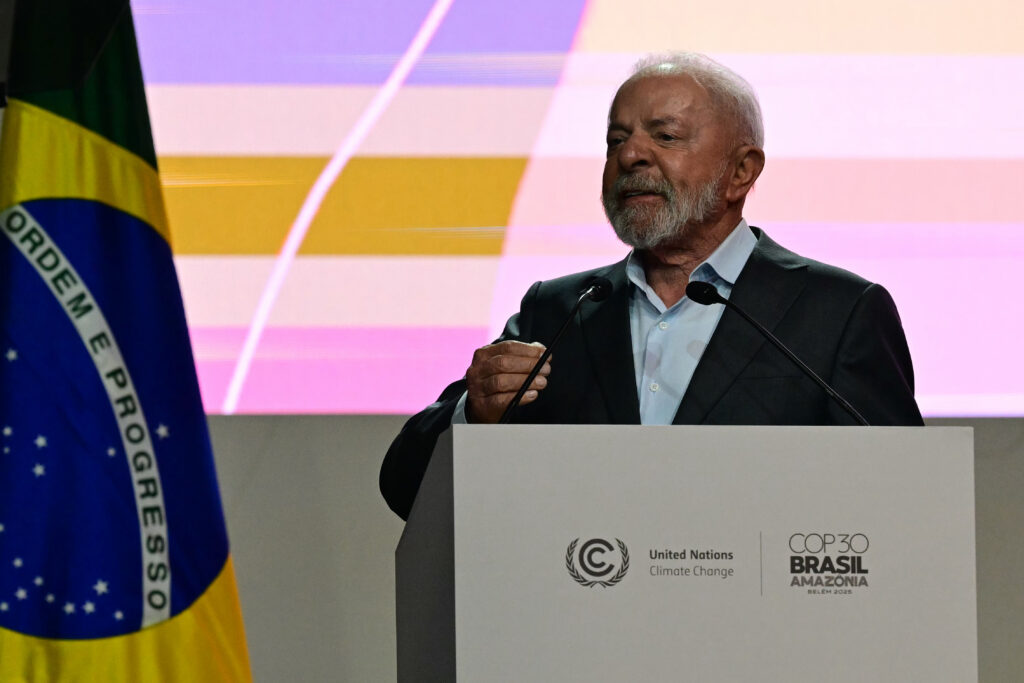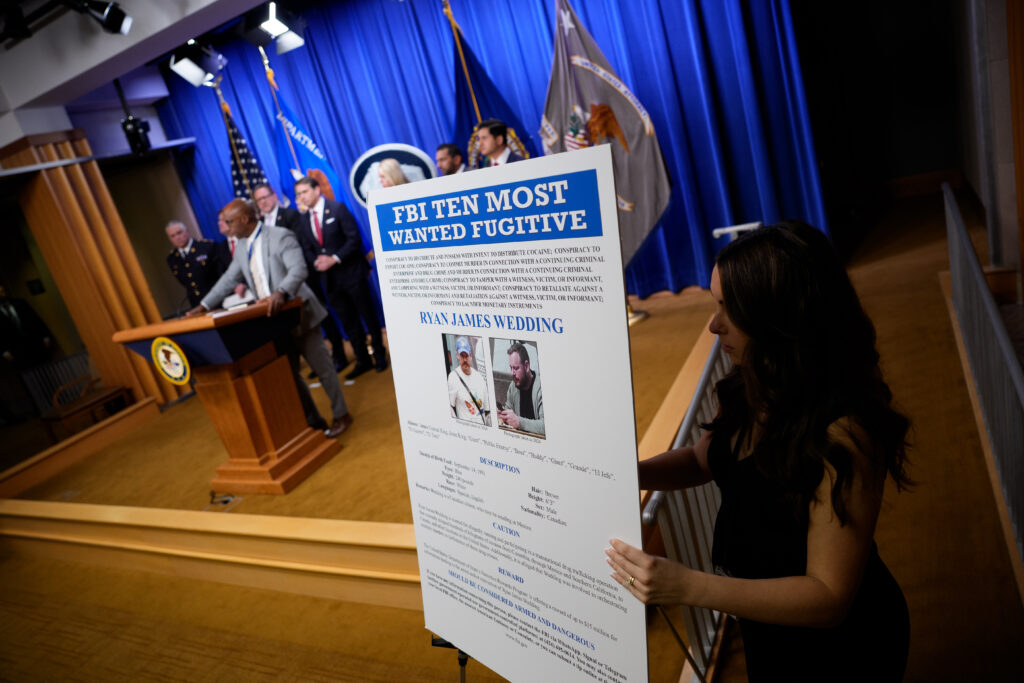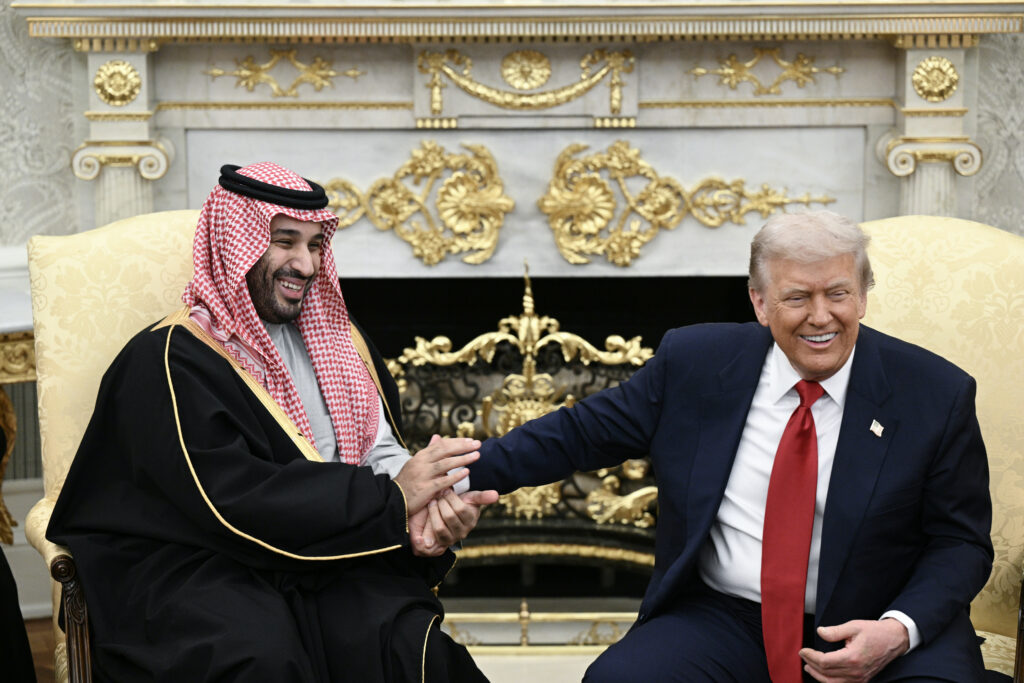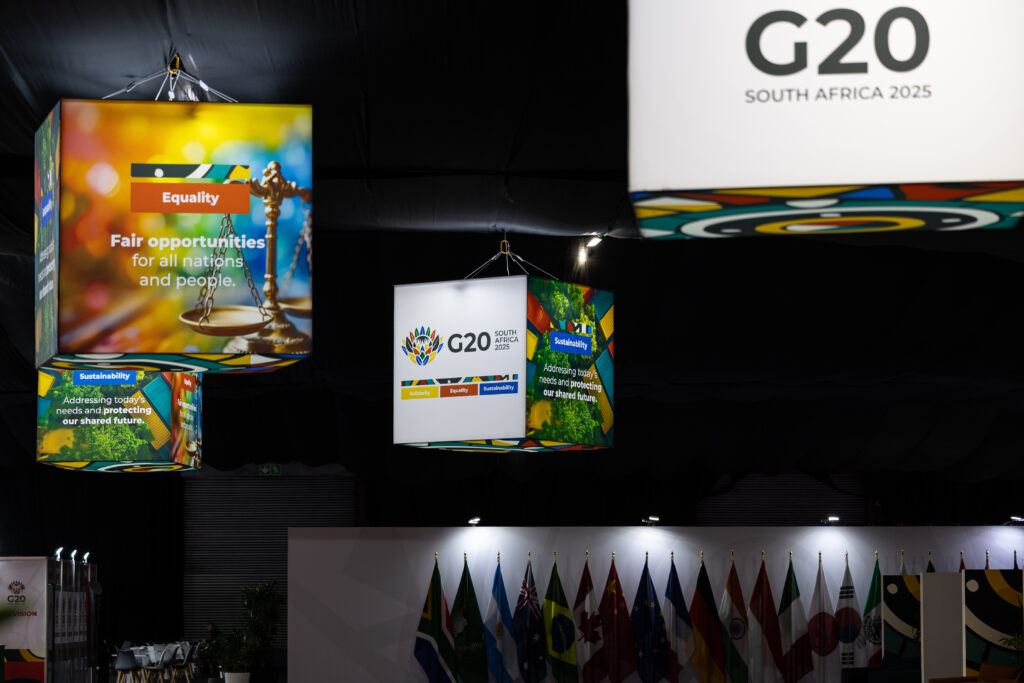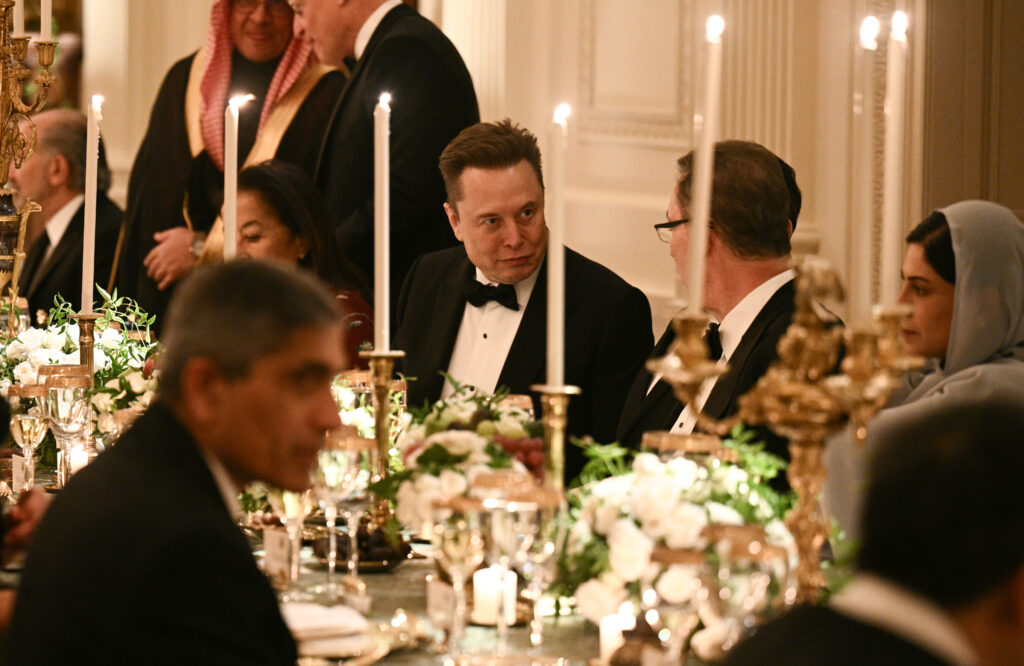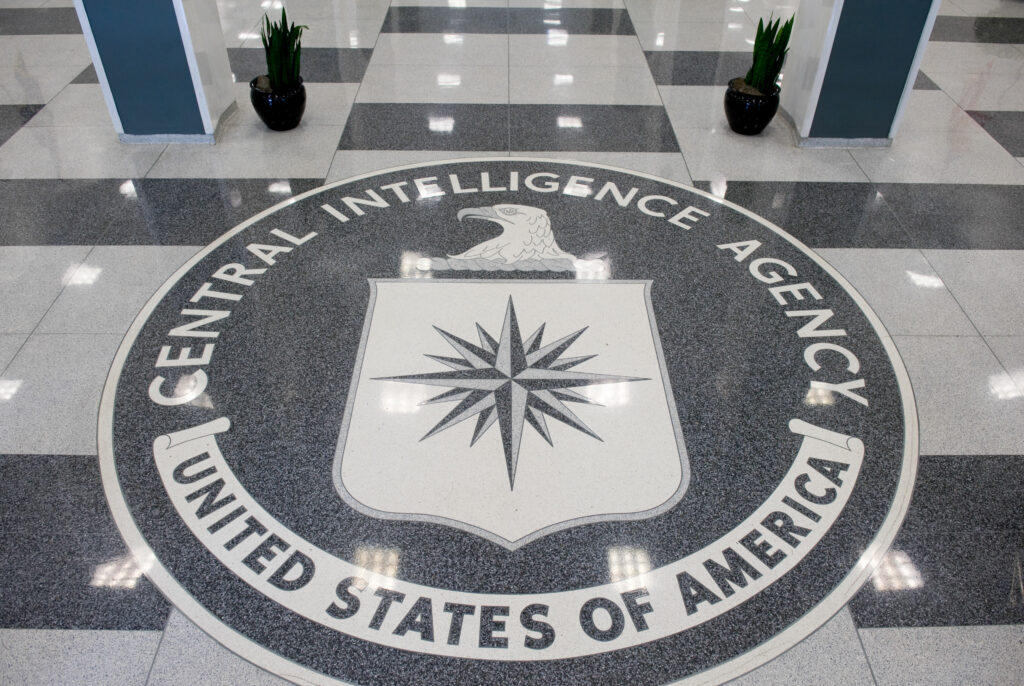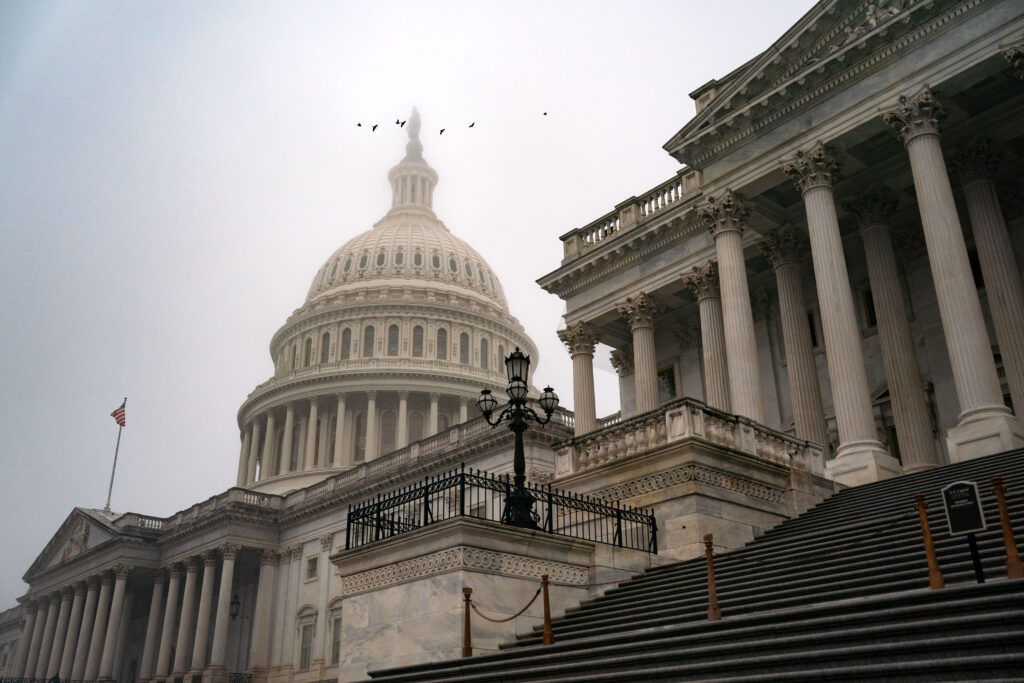COP30 dragged into clash over gender language
Conservative delegations from the Vatican to Iran are pushing to narrow the definition of “gender” at UN climate talks in Brazil — a move aimed at excluding trans and non-binary people and threatening to complicate the summit’s outcome.The effort, which seeks to use footnotes of key texts to attach country-specific interpretations, would set a “harmful precedent” that could seep into other shared decisions taken by the UN’s climate body, opponents warn. “When women and gender-diverse people are at the table, climate policies are more ambitious, more inclusive and more durable,” former Irish president Mary Robinson said Wednesday.”Weakening agreed language undermines climate ambition and is completely new in this system and it’s not acceptable.”Paraguay, Argentina, Iran, Indonesia, Malaysia as well as the Holy See have so far entered footnotes into the draft Gender Action Plan (GAP) meant to guide work for the next decade, including efforts to embed gender in the heart of climate programs.Similar footnotes have also appeared in a text related to the “just transition” — the framework to shift to environmentally sustainable economies without leaving workers and communities behind.”We do not agree at all with what some countries are putting in the agenda footnotes,” Alicia Barcena, Mexico’s secretary of environment, told AFP.”We feel we are going backwards — we should never go backwards.”The issue has become so sensitive that COP30’s Brazilian presidency has elevated it from technical negotiations to a higher political level, where ministers are now trying to hash out a compromise.Women and girls face disproportionate impacts from climate change, the UN says, largely because they make up the majority of the world’s poor, and are less involved in decision-making.During times of drought they walk further, work harder, and are more likely to die than men when extreme weather disasters strike.Yet despite decades of commitments, women account for just 35 percent of delegates at COP30 in Belem, according to the Women’s Environment and Development Organization (WEDO).The first formal GAP was adopted in 2017 and strengthened in 2019; COP30 is now hammering out its next, more ambitious iteration.- Anti-wokeism -The footnotes lay bare parties’ red lines around the term “gender” — some longstanding, others part of a rising right-wing tide opposed to so-called “wokeism.”The Holy See, for example, says it understands gender as “grounded on the biological sexual identity that is male and female.”Argentina, a majority-Catholic country led by President Javier Milei — a close ally of US President Donald Trump — has rolled back gender-equality policies and LGBT rights, and attacked the “cancer” of “wokeism.”There is “frustration within rooms,” a source close to the matter, who requested anonymity because they were not authorized to discuss the sensitive issue, said Wednesday. “It’s become a bit ridiculous — we have six footnotes right now; should we have 90?”The source added there was no need to reopen the definition, because parties can already interpret decisions according to their national circumstances.”Allowing countries to attach their own interpretations to agreed language does not protect national sovereignty. It undermines multilateralism itself,” Bridget Burns, executive director of the Women’s Environment and Development Organization, told AFP.”If every Party could footnote core terms like finance, ambition or equity, we would have no negotiation left — only fragmentation. Gender equality is an agreed principle under this Convention — it needs no qualification.”One possible off-ramp, the source said, would be for the opposing countries to deliver statements after a decision is adopted, ensuring their positions are reflected in the official record.

